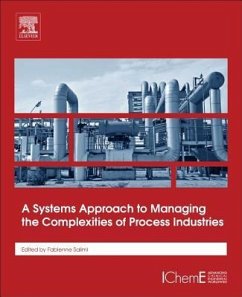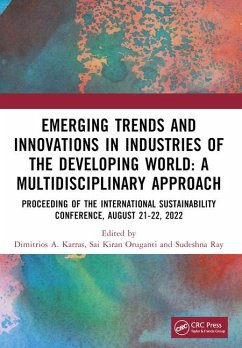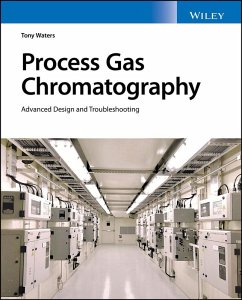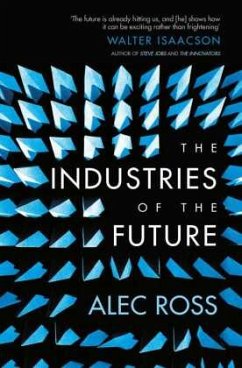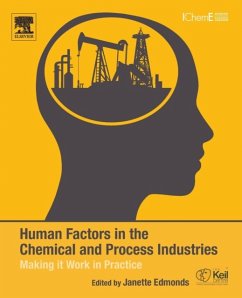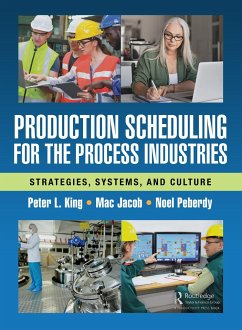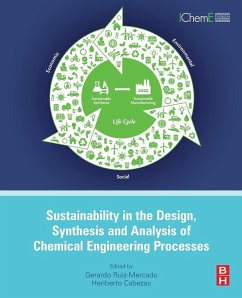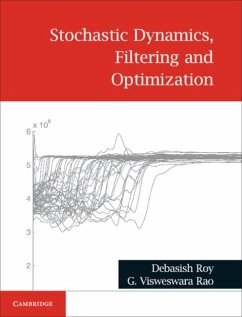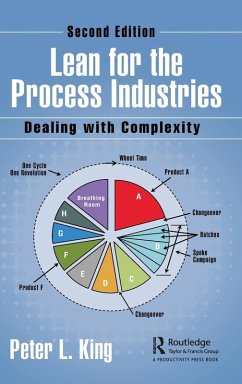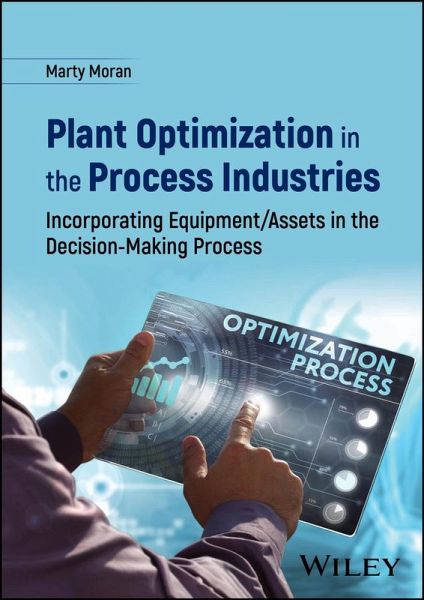
Plant Optimization in the Process Industries
Incorporating Equipment/Assets in the Decision-Making Process
Versandkostenfrei!
Versandfertig in 2-4 Wochen
148,99 €
inkl. MwSt.
Weitere Ausgaben:

PAYBACK Punkte
74 °P sammeln!
Optimize asset decisions and improve the financial and technical operation of process plants The process industries, particularly the refining and petrochemical industries, are comprised of capital-intensive business whose assets are valued in the trillions. Optimizing the function of refining and petrochemical plants is therefore not simply a process decision, but a business one, with even small improvements in efficiency potentially providing enormous margins. There is an urgent need for businesses to assess how the asset side of process industry production can be optimized. Plant Optimizati...
Optimize asset decisions and improve the financial and technical operation of process plants The process industries, particularly the refining and petrochemical industries, are comprised of capital-intensive business whose assets are valued in the trillions. Optimizing the function of refining and petrochemical plants is therefore not simply a process decision, but a business one, with even small improvements in efficiency potentially providing enormous margins. There is an urgent need for businesses to assess how the asset side of process industry production can be optimized. Plant Optimization in the Process Industries offers a pioneering asset-focused approach to plant optimization. Optimization of operating values within a processing unit is a developed area of technology with a wide and varied literature; little attention has been paid to the asset side, making this a groundbreaking and invaluable work. Outlining a multi-tiered approach to financial optimization which adjusts the variables of a statistical asset model, this volume has the potential to revolutionize businesses and generate record profit margins. Readers will also find: * Comparison and contrast of different technologies on the process and asset side of the industry * Detailed discussion of constrained, non-linear optimization technology, along with basic functioning of Monte Carlo modelling * A real-world case study followed through the book to facilitate understanding This book is ideal for professionals who manage, design, operate, and maintain process industry facilities, particularly those in the hydrocarbon and chemical industries, as well as any asset-intensive industry.




